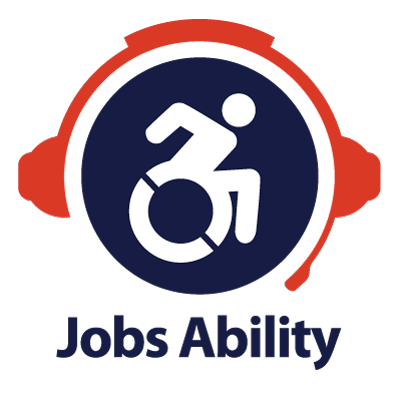Job Opportunity: Corbyn Investment Management | Administrative Assistant
May 13, 2019Job Opportunity: ARC Document Solutions | Print Production Manager
May 22, 2019Job Title: Web Application Developer
Company: Name: Mott Community College
Location: Flint, Michigan, United States, 48503
The role of the Web Application Developer is to design, develop, secure, administer and support college-wide computer application systems as needed within the Information Technology Services department and the College. Primary responsibilities of the position include business application support, systems analysis and design and programming. The developer performs application development, maintenance, administration of security, information reporting, customer analysis and other duties related to program analysis and development. The Web Application Developer needs to be able to meet with customers on their system needs and have the ability to translate and apply those needs to application development. This position will work with a variety of databases and maintain them to produce a reliable, accurate, and dependable information system for all functions of day-to-day operations. This position functions to support the College’s enterprise resource planning structures through the development of stand-alone web based or mobile applications as well as web or mobile applications that interface with the College ERP system (Ellucian Colleague)., The role of the Web Application Developer is to design, develop, secure, administer and support college-wide computer application systems as needed within the Information Technology Services department and the College. Primary responsibilities of the position include business application support, systems analysis and design and programming. The developer performs application development, maintenance, administration of security, information reporting, customer analysis and other duties related to program analysis and development. The Web Application Developer needs to be able to meet with customers on their system needs and have the ability to translate and apply those needs to application development. This position will work with a variety of databases and maintain them to produce a reliable, accurate, and dependable information system for all functions of day-to-day operations. This position functions to support the College””s enterprise resource planning structures through the development of stand-alone web based or mobile applications as well as web or mobile applications that interface with the College ERP system (Ellucian Colleague). Minimum Requirements: 1.One or more years of professional work experience in C# / .NET / PHP web programming, including inter-connectivity with external databases. 2.Experience with other web programming languages such as HTML5, Javascript, Bootstrap and CSS. 3.Demonstrated participation in professional development and learning new skills, programming languages and processes. 4.Demonstrated history of adaptation to new technology. 5.Excellent written and verbal communications skills. Strong communication and people skills and the ability to work with users at all levels, with an emphasis on customer service. 6.Experience working independently or without significant direction on a daily basis. 7.Ability to manage multiple priorities and remain highly productive. 8.Ability to design and manage code and systems to adhere to industry standards as well as making them sustainable with limited maintenance. Additional Desirable Qualifications: 1.Completed Associate””s, Bachelor””s or Master””s Degree in Computer Science, Computer Information Systems, Business Information Systems or related degree with a minimum of 18 hours of advance programming coursework. 2.IIS experience. 3.Experience with relational databases (Oracle or SQL). 4.Experience with code change control systems (such as GIT) and other tools to streamline and secure the Mott codebase. 5.Possess complex analytic judgment and ingenuity. 6.Make decisions carrying a great deal of responsibility for which there is little or no precedent.
Minimum Requirements:
- One or more years of professional work experience in C# / .NET / PHP web programming, including inter-connectivity with external databases.
- Experience with other web programming languages such as HTML5, Javascript, Bootstrap and CSS.
- Demonstrated participation in professional development and learning new skills, programming languages and processes.
- Demonstrated history of adaptation to new technology.
- Excellent written and verbal communications skills. Strong communication and people skills and the ability to work with users at all levels, with an emphasis on customer service.
- Experience working independently or without significant direction on a daily basis.
- Ability to manage multiple priorities and remain highly productive.
- Ability to design and manage code and systems to adhere to industry standards as well as making them sustainable with limited maintenance.
Additional Desirable Qualifications:
- Completed Associate’s, Bachelor’s or Master’s Degree in Computer Science, Computer Information Systems, Business Information Systems or related degree with a minimum of 18 hours of advance programming coursework.
- IIS experience.
- Experience with relational databases (Oracle or SQL).
- Experience with code change control systems (such as GIT) and other tools to streamline and secure the Mott codebase.
- Possess complex analytic judgment and ingenuity.
- Make decisions carrying a great deal of responsibility for which there is little or no precedent.
Apply Here: http://www.Click2Apply.net/yf35n2kzdzdys625
